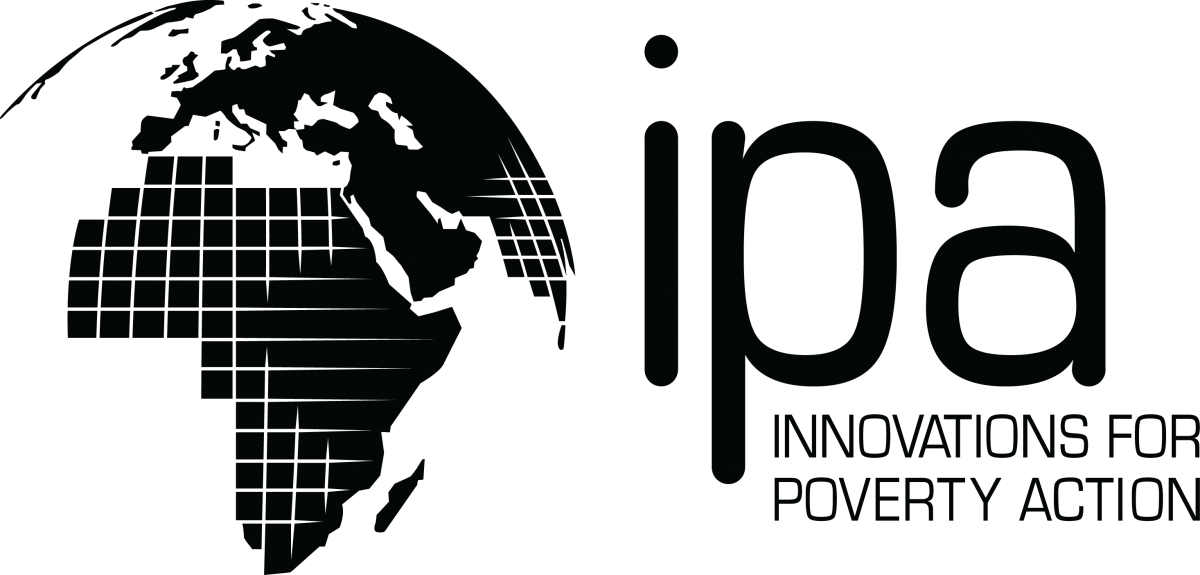
Past Meets Present: An Early PPI User Trains a New PPI User >
Negros Women for Tomorrow Foundation (NWTF) in the Philippines was one of the first microfinance institutions (MFIs) to pilot, test and adopt the PPI. Four years later, NWTF staff shared lessons they have learned with a PPI newcomer in the region, KOMIDA of Indonesia.
In March, three KOMIDA representatives, accompanied by a Grameen Foundation representative from GF’s Jakarta office, traveled to Bacolod City in the Philippines to participate in PPI Data Analysis training. This was followed by a special “Learning Visit” with NWTF.
Gilbert Maramba, the head of research for NWTF, told the KOMIDA participants how NWTF was implementing the PPI--sharing useful tips and techniques as well as challenges in scaling up its implementation. How the PPI influenced NWTF’s decision-making process prompted a lively exchange. Maramba explained how applying PPI results had improved NWTF’s targeting mechanism to increase their outreach to poorer households. He noted that NWTF is now in the process of determining how poverty information from the PPI can help its branches improve their efficiency and effectiveness in recruiting clients, providing better services, and managing risks. To further illustrate, NWTF arranged a branch visit to Valladolid, Negros Occidental so that KOMIDA representatives could hear from branch officers and staff on a one-on-one basis.
During that visit, KOMIDA observed the back-office processes in PPI implementation, including the systems being used by NWTF in its microfinance operations. They asked questions related to their own experience in Indonesia and identified some similarities and contrasts. They learned that the borrower-members themselves are actually depositing payments to the bank and not the NWTF staff, an area of particular interest to KOMIDA, which collects payments in far-flung areas. The NWTF plan helps to avoid robberies or hold-ups that are common in transactions involving transfer or custody of money, staff told KOMIDA. Branch set-up and back-office MIS support were other areas of interest to the KOMIDA team, which learned how data are encoded and transferred to the head office.
Finally, the NWTF branch officers and staff described how client poverty information compared with financial performance, such as number of years as a member, repayment rates, portfolio-at-risk (PAR) as well as type of businesses and poverty movement, and how these variables aid in their decision-making. Knowing the tenure (length of membership) and the poverty status of the clients, for example, enables NWTF to manage staff time more efficiently. In that case, understanding that clients who stay longer (more than three years) in the program tend to be less poor allows NWTF to devote more time to newer clients.
Armed with these new insights, the representatives from KOMIDA are now more determined to improve their own PPI implementation and maximize KOMIDA’s their potential toward reaching more poor clients with better services.
Want to learn more about how NWTF implemented the PPI? Check out the NWTF Case Study!
Cris Lomboy is the Asia PPI Specialist for the Grameen Foundation, he is based out of Manila.


